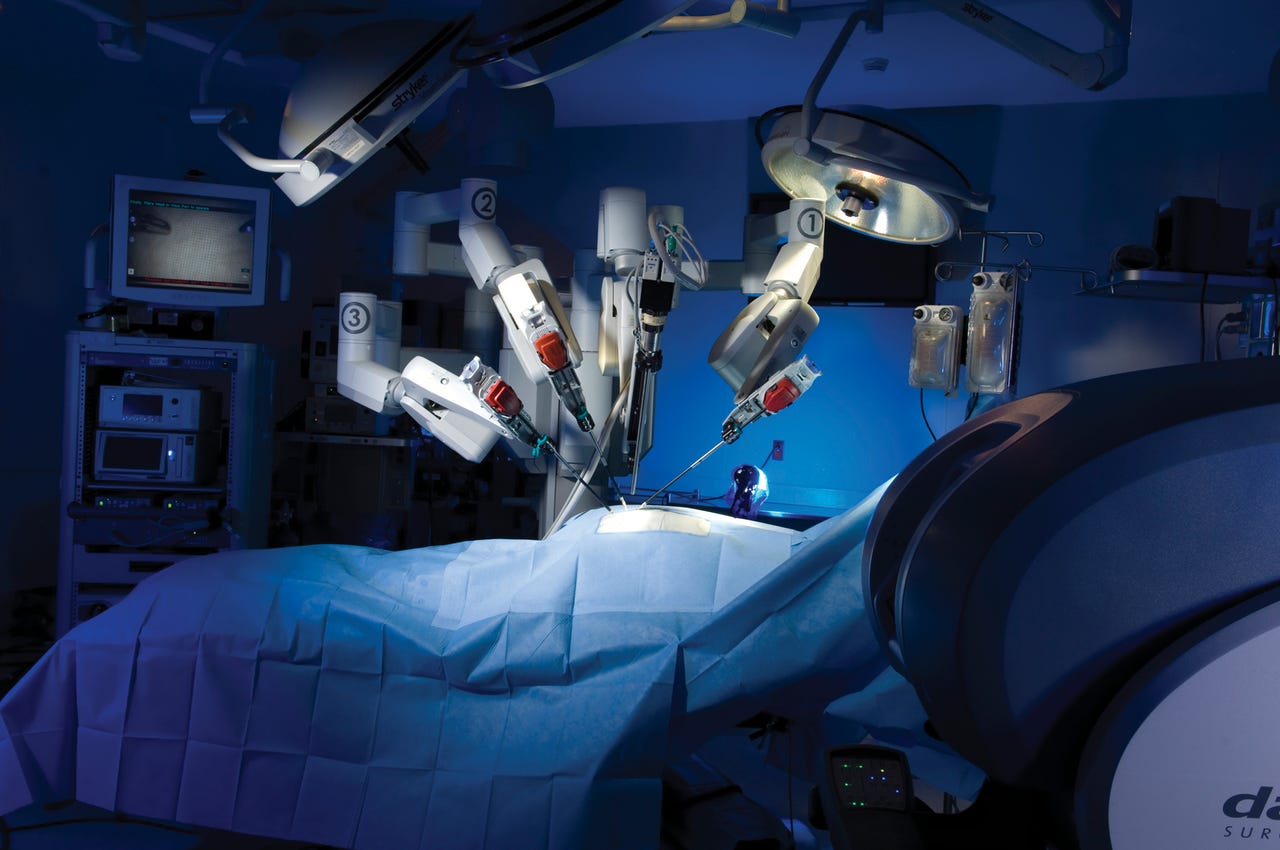A cheap, easy-to-use surgical robot for the developing world


Dr. Sudhir Srivastava, a global expert in robot-assisted cardiac surgery, noticed a problem in his field.
The global surgical robotics market is booming, set to reach $12.6 billion by 2025, according a recent Research and Markets report. The Da Vinci Surgical System alone has been used to treat more than three million patients. For some procedures, like prostate surgery, it's now the gold standard.
But like everything else in healthcare, access is hardly well-distributed. Wealthy patients get robot-wielding surgeons, poor patients do not.
One obvious reason is that the robots we're talking about are expensive. A Da Vinci Surgical System costs about $2 million, with hundreds of thousands in additional annual upkeep.
Another reason, which is less obvious, is that they're fabulously complex pieces of equipment. According to recent research, only one-in-five students at top tier medical schools attain the necessary level of competency to work with these machines.
Dr. Srivastava's solution is to develop cheap, easy-to-use robots that more hospitals can deploy and that a wider base of surgeons around the world can use effectively.
It's an interesting twist on a common narrative: Robots are spreading across industries right now because component prices are dropping and the new generation of collaborative robots are easy to install and can be programmed by non-engineers.
SS Innovations (SSI), the China-based company Dr. Srivastava founded in 2017, is now demonstrating an affordable, modular robotic surgical system capable of complex motion control.
"Current robotic systems are far too expensive and take years to master, which means that very few surgeons are trained to operate these systems and much of the world is unable to access this technology," explains Dr. Srivastava, who has performed over 1,400 robot-assisted cardiac procedures.
One of the innovations that's enabling the development of the SSI surgical system, and indeed a development that's driving the spread of robotics in general, is the availability of off-the-shelf controls software.
SSI is using a robotic controls toolkit from Energid Technologies called Actin.
"Creating surgical robot control software from scratch continues to be a major technical challenge and barrier to entry for new surgical robotics companies," explains Neil Tardella, Energid's CEO. "Complex robotic systems require advanced real-time control capable of responding to dynamic environments. That's what Actin does extremely well."
Because SSI doesn't need to develop a controls architecture from scratch, it's been able to focus on hardware and unique solutions adapted to a wide user base.
One of the key innovations is the use of a software-enforced remote center of motion (RCM), which keeps surgical instruments from moving side to side at the point of incision during minimally invasive surgeries. That takes an enormous burden off surgeons and makes robot-assisted surgeries easier.
SSI recently tested its system tested its system on 10 animals for one exploratory laparotomy with promising results.